Continuous improvements over website redesigns
In today's world it's no longer viable to complete a website redesign process with the expectation that you're done upon launch. Modern websites are a living, breathing part of your sales and marketing ecosystem, and need to be continually nurtured to ensure optimal performance and relevancy for both internal and external visitors.
This requires us to throw the standard "redesign every X years" approach into the fire and take a modern, two-pronged approach.
Create a future-proof design system
Creating your website with a future-proof design system and architecture, that can expand and grow with your business without falling apart, provides a foundation that prevents the need to start fresh again every few years. By designing with the future in mind, and taking a systematic approach, you can build out your website
quicker and more consistently over time.
A few examples of great design systems are:
Design thinking and systems design has been around forever, but it wasn't until the last decade, as the Wild West of the web matured like other industries, that it became a consideration in digital. As we near the end of 2019 the majority of design teams already take this approach, however, if they aren't (and for no good reason) it’s a red flag.
Smart systematic design doesn't have to constrain design liberties, either. Take our work with OC and Hat Creek for example.
Continuously improve your website
After launching your new systematic, future-proof website it's important to facilitate ongoing partnerships with your design, development and marketing teams to focus on continual performance improvements, new features, and general development based on your ever-changing business needs. This can be done with your existing team(s), or a business like Good Work that specializes in post-launch aftercare and long-term partnerships.
While the design process involves in-depth research and discovery, the way in which it's digested by your consumers is mostly guesswork until the day your website launches and starts engaging users. Edge-cases start to reveal themselves, new features or user-journey ideas pop up based on usage, and the way your business stays relevant in a digital space continues to evolve. The list goes on. To stay relevant and ensure the most value out of your website you must continually nurture it post-launch.
Summary
Whether you deploy a redesign process every few years, or engage a partner on a continual maintenance improvement plan, the costs are fairly similar. However, the ROI on a maintenance plan is exponentially better. Redesigning every X years creates long stretches of irrelevancy and stagnant, sometimes broken, content that isn't good for anyone (including search engines).
The web is a faster-paced world than ever before, and while ensuring your website is always presenting the best version of itself may seem like a huge barrier to overcome, it actually presents opportunities to build stronger connections with your customers. By treating your website as a living, breathing thing rather than an off-the-shelf product, businesses can remain ahead of the curve and offer website visitors a superior user experience to their competitors. Launching your website is step one - now it's up to you to ensure your website remains relevant and continually meets your goals.
Further reading
-
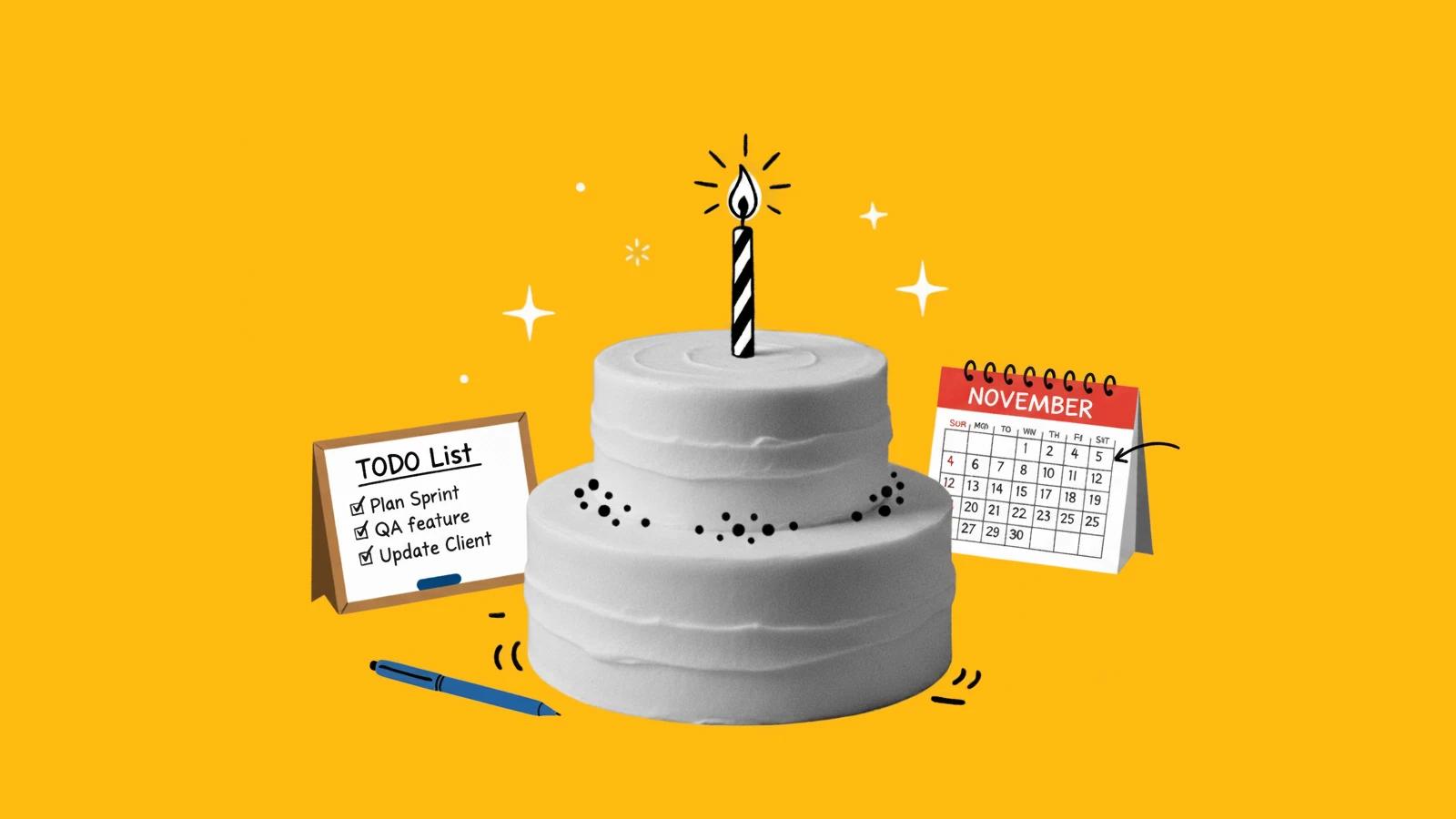
A Year of PM at Good Work
-

Expanding our services: Introducing ‘Friends of Good Work’
-
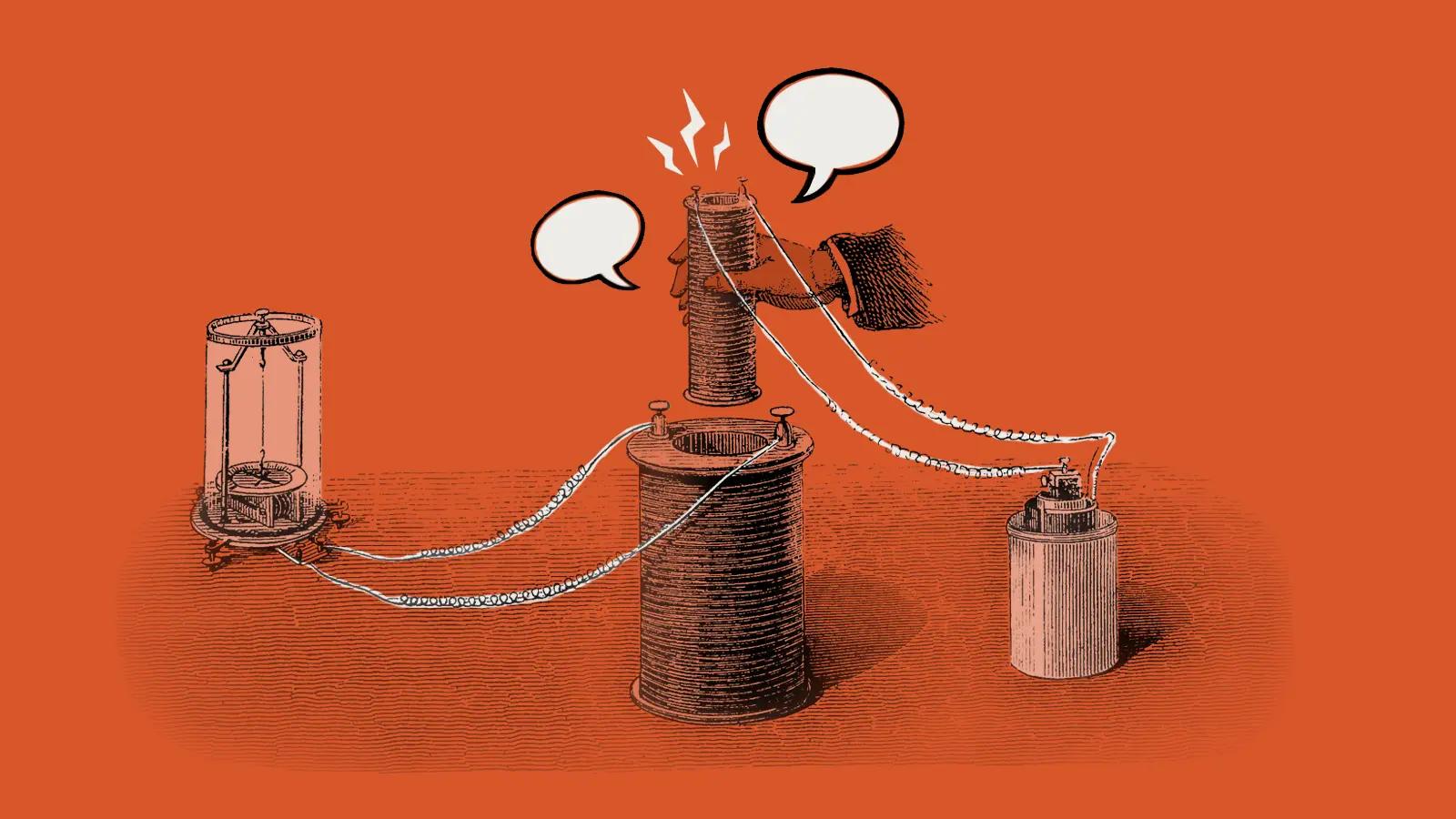
Three things your project manager should be doing for you (but probably isn’t)
-

Eight lessons learned from eight years of Good Work
-
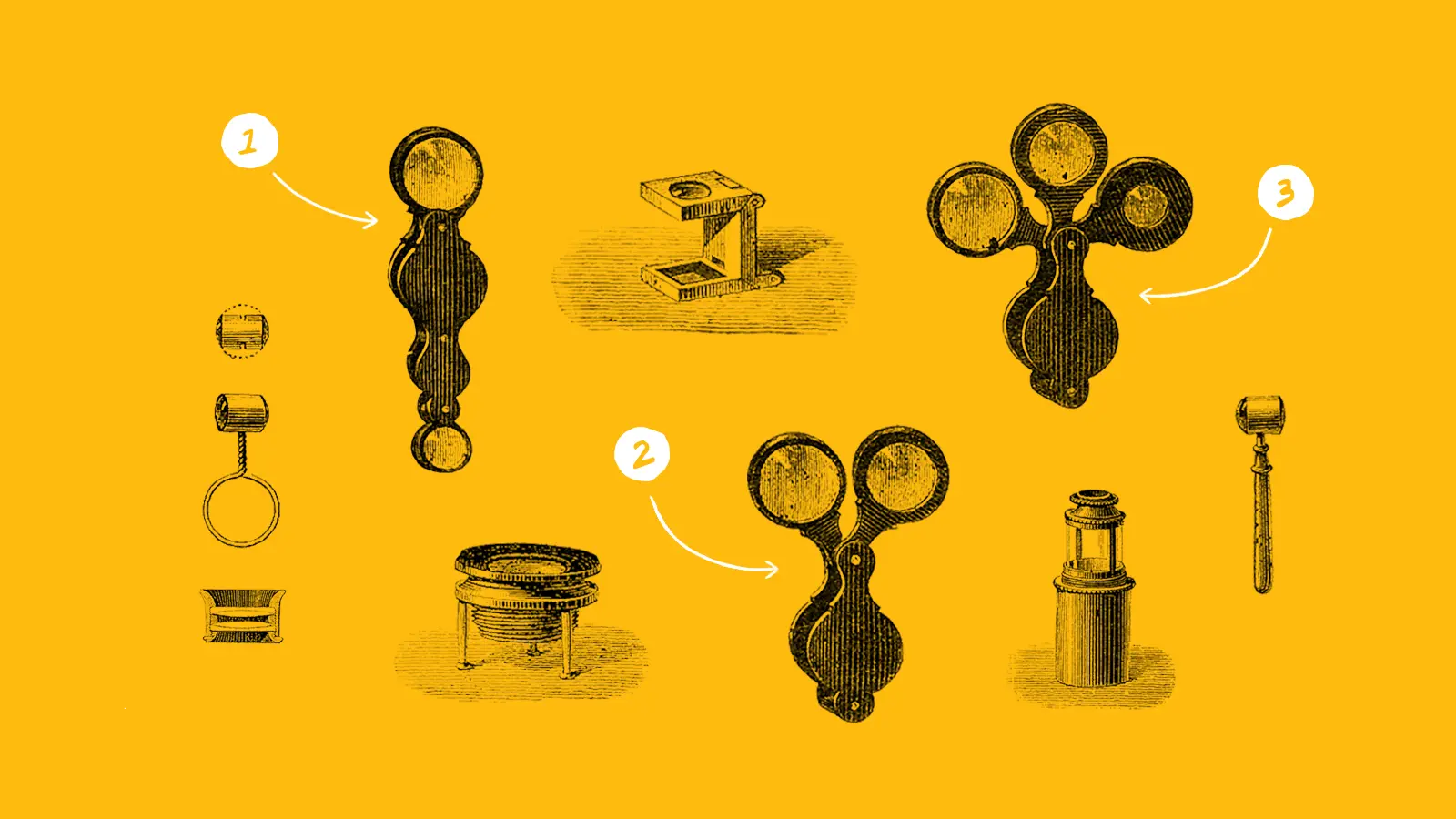
Three tips to improving your website (without starting over)
-
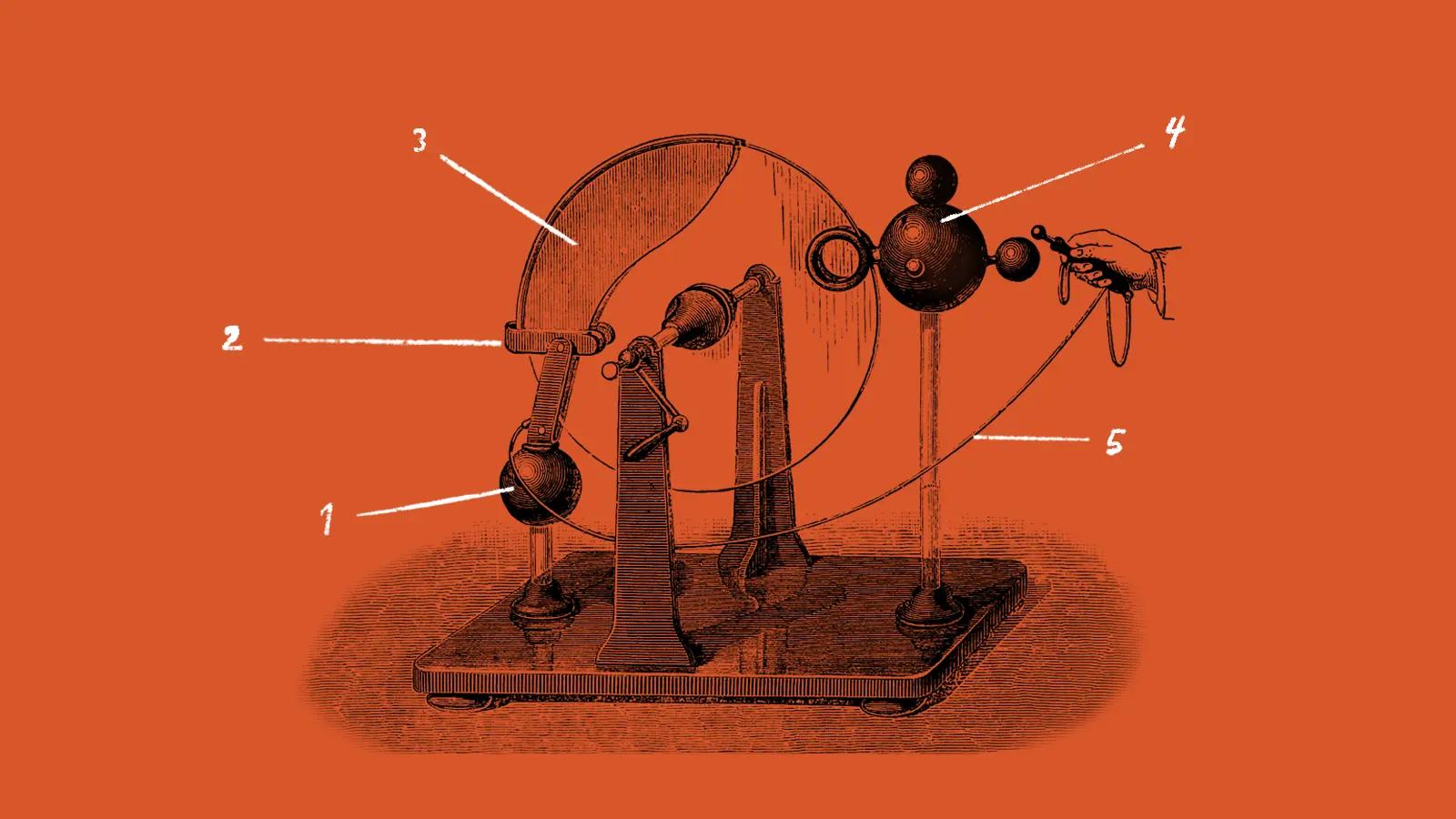
The 5 tools we use for our bulletproof project management process
-
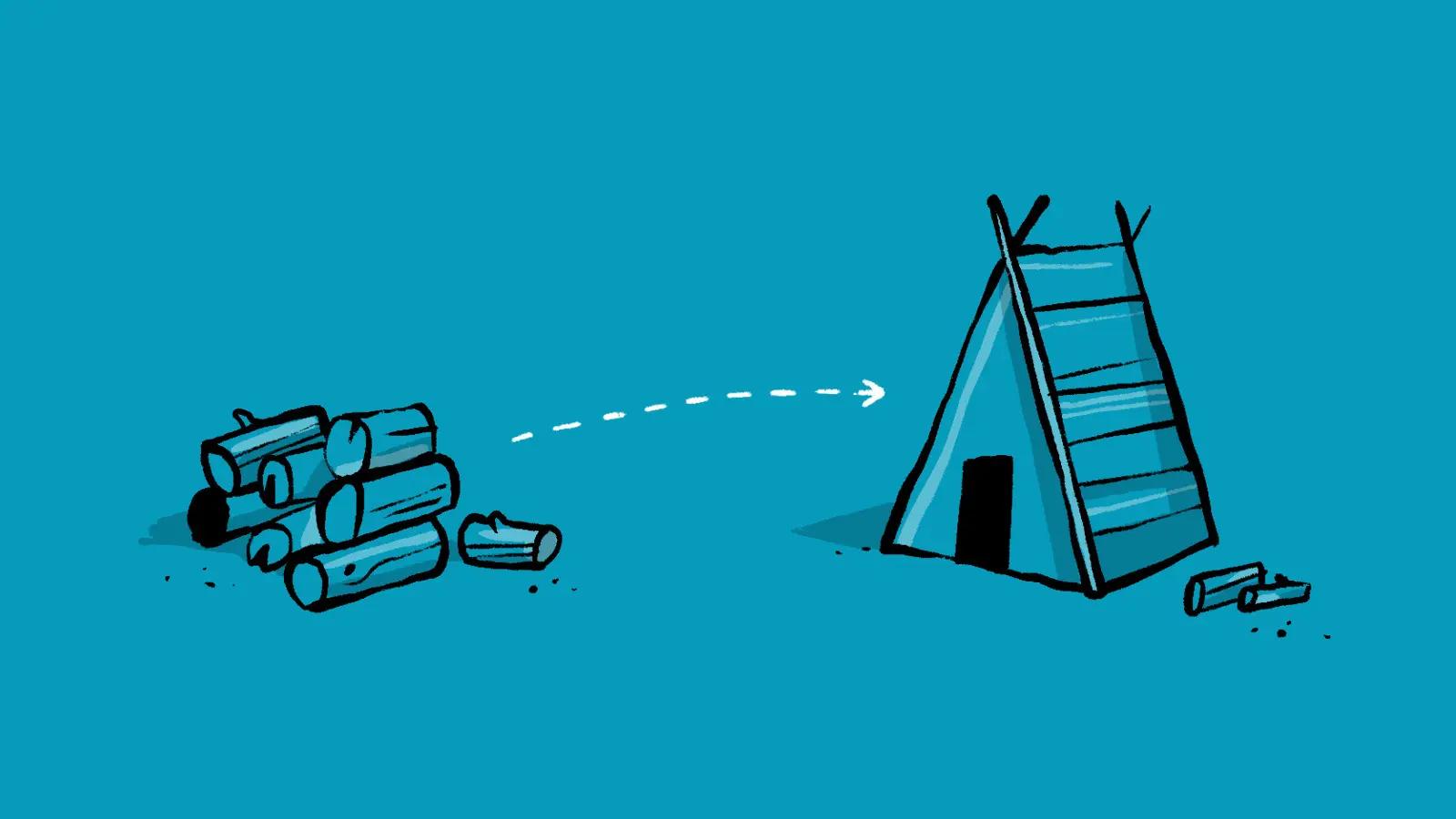
How to use Google Analytics 4 to improve your website
-

How we manage a remote team across multiple timezones

 By Garrett, 15 Nov 2019
By Garrett, 15 Nov 2019
 By Caleb, 18 Nov 2025
By Caleb, 18 Nov 2025
 By Ariel, 13 Jun 2022
By Ariel, 13 Jun 2022